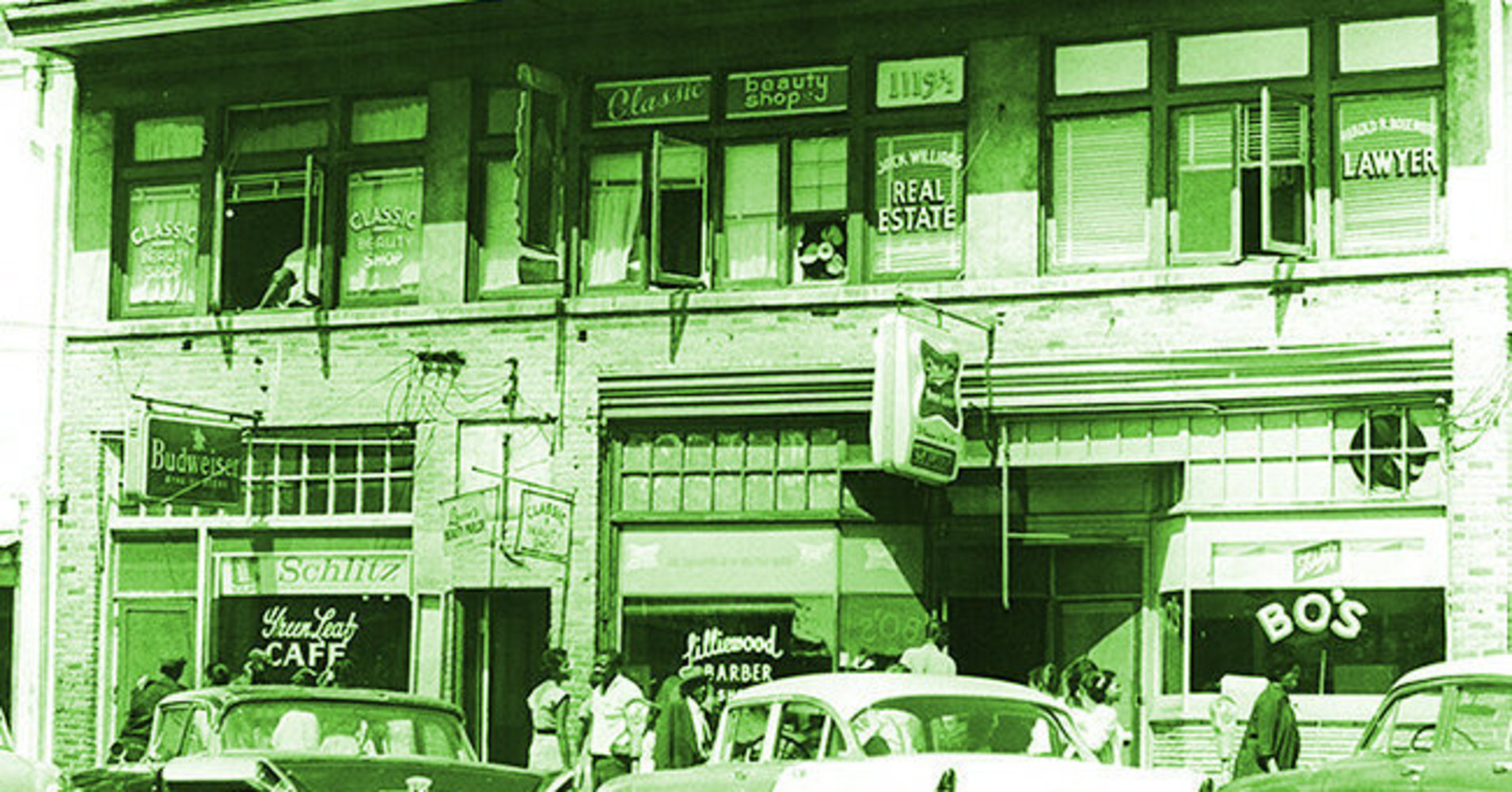[ad_1]
In 1936, Victor H. Green created the Negro Motorist Green Book with black fun and black fear on his mind.
Green published his Green Book, as it is commonly known, as a guide for blacks seeking recreation, and as a road map for black travelers to avoid fatal encounters with whites during the Jim Crow era. Effectively, the Green Book informed blacks not only where they should visit ― which hotels and restaurants and hair salons ― but quite literally where they could go if they valued their lives. By 1962, over 2 million subscribers were using the Green Book to find black-friendly establishments and navigate America’s infamous “sundown towns,” according to historian and Green Book expert Candacy Taylor. In these towns, blacks were not permitted in public after sunset lest they and their families face the wrath of violent white segregationists.
These journeys are receiving greater attention with the popularity of Peter Farrelly’s Oscar-nominated film “Green Book,” but truthfully the stories cannot be confined to a single awards season. They are decadeslong stories ― ongoing stories ― of black movement and migration. And they are stories that explain, in part, how certain pockets of America came to look and feel how they do.
HuffPost spoke with Taylor and documentarian Yoruba Richen, the maker of “The Green Book: Guide to Freedom,” to inform this interactive look at the journey of Green Book users. Travel as they traveled, from New York City to Denver, Colorado.
And remember ― as its cover once read ― “Carry your Green Book with you. You may need it.”
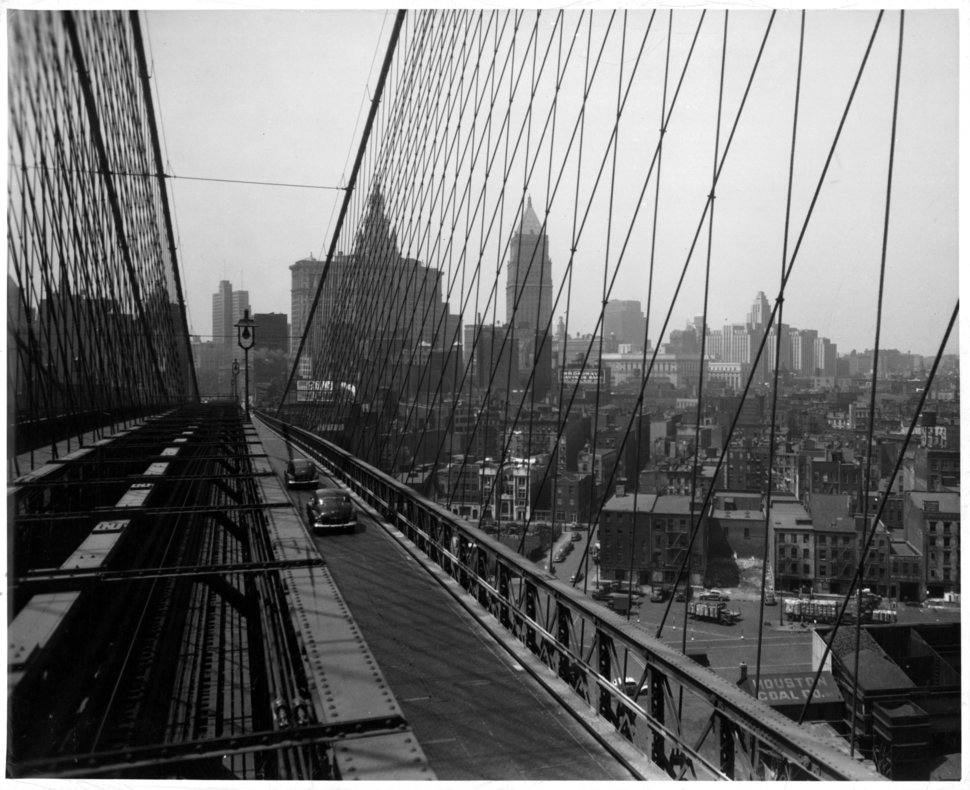
You and your family begin your trip by driving from New York City to South Carolina.
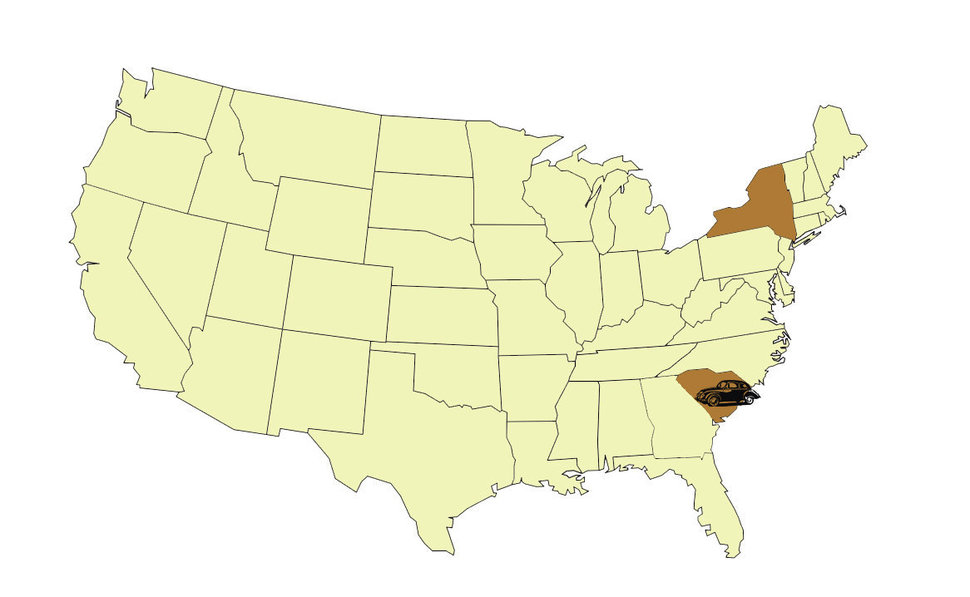
South Carolina
At least eight lynchings were carried out in South Carolina between 1930 and 1950, according to Monroe Work Today, an organization specializing in lynching research.
With that in mind, you try your hand at three restaurants:
Eating at Piggie Park restaurant in Columbia is not an option. The restaurant denied service to blacks until losing a civil rights case before the Supreme Court in 1966.
Eating at Eckerd’s is not an option. In the 1940s and 1950s, blacks were not allowed to sit in the restaurant section of Eckerd’s Drug Store in Columbia, South Carolina.
The Green Leaf restaurant was a well-known Green Book listing located in Columbia. They are happy to have you.
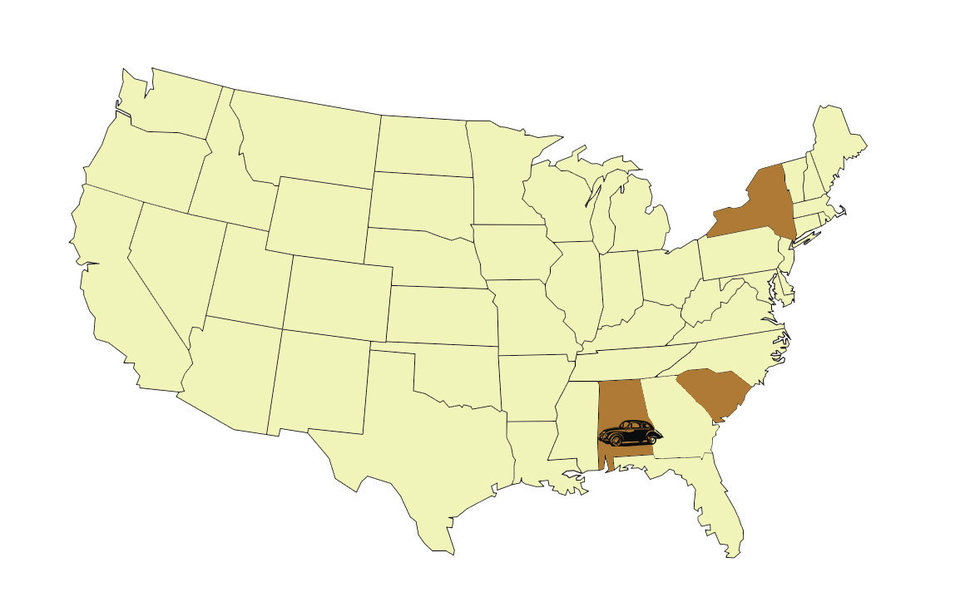
Alabama
At least 30 lynchings were carried out in Alabama between 1930 and 1950, according to Monroe Work Today.
With that in mind, you try your hand at three hotels:
The Exchange Hotel in Montgomery is not an option. This site, where Jefferson Davis launched his tenure as president of the Confederacy, is unsuitable for your family.
The Dixie Hotel is not an option. Dixie, Alabama, was a sundown town, making it untenable for blacks.
The Palm Leaf Hotel in Birmingham was a well-known Green Book hotel listing that boasted being the “Largest in the South for Colored People.” They are happy to have you.
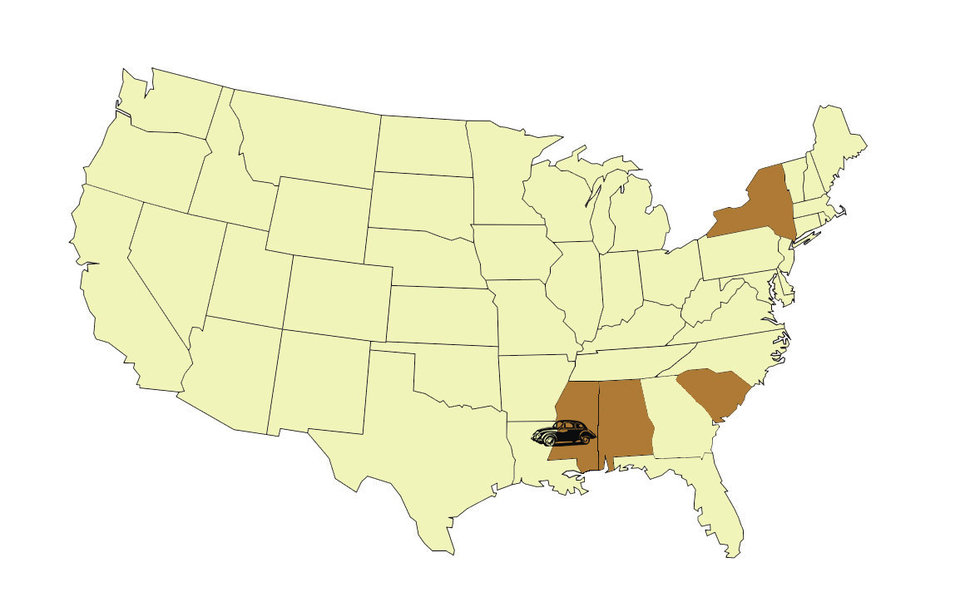
Mississippi
At least 36 lynchings were carried out in Mississippi between 1930 and 1950, according to Monroe Work Today.
With that in mind, you try your hand at three hotels:
The Eola Hotel in Natchez is not an option. The hotel openly enforced segregation and was known to be a resting place for members of the Ku Klux Klan.
The Robert E. Lee Hotel in Jackson is not an option. In 1964, the hotel’s owners elected to close the hotel rather than comply with desegregation rules outlined in the Civil Rights Act.
When the Summers Hotel first opened in 1944, it became the first black-owned hotel in Jackson. They are happy to have you.
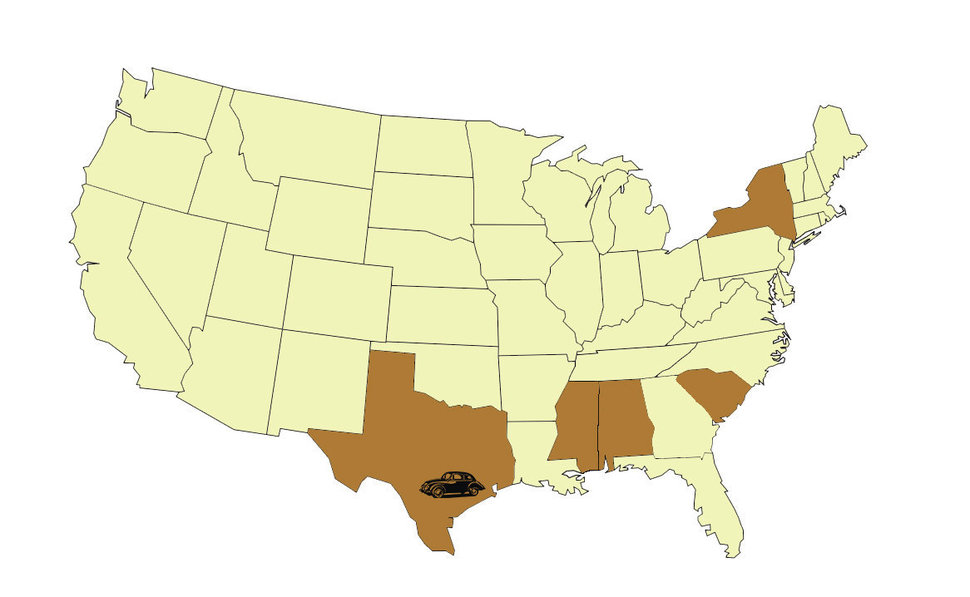
Texas
At least 12 lynchings were carried out in Texas between 1930 and 1950, according to Monroe Work Today.
With that in mind, you try your hand at three hotels:
The Adolphus Hotel in Dallas is not an option. In the early 20th century, the hotel was a resting place for the Ku Klux Klan, which routinely terrorized blacks in the area. The hotel also enforced segregation through the 1950s.
Unfortunately, the Rice Hotel in Houston is not an option. The hotel enforced segregation through the 1950s.
Gus Allen’s Hotel was a well-known, black-owned Green Book hotel listing in Galveston. They are happy to have you.

Colorado
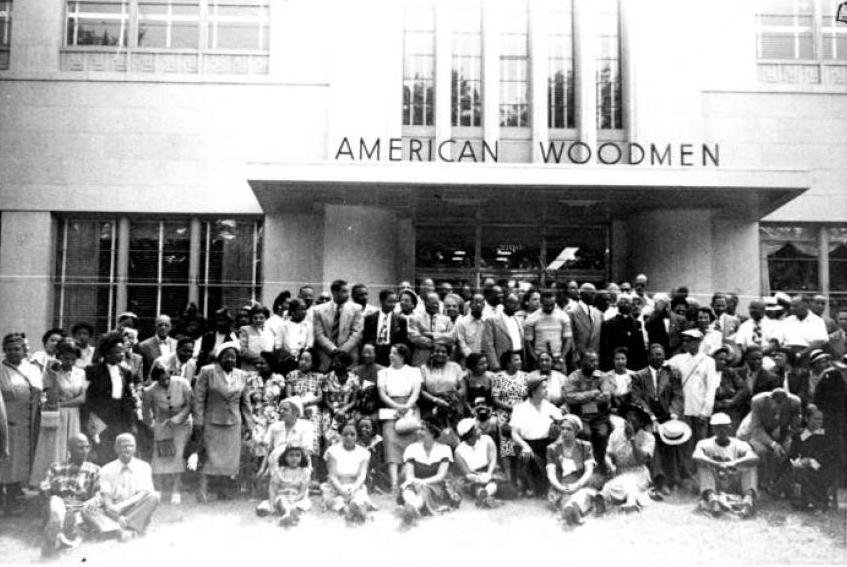
Finally, you and your family have made it to Five Points, a neighborhood in Denver nicknamed the “Harlem of the West.” They are happy to have you.
[ad_2]
Source link

